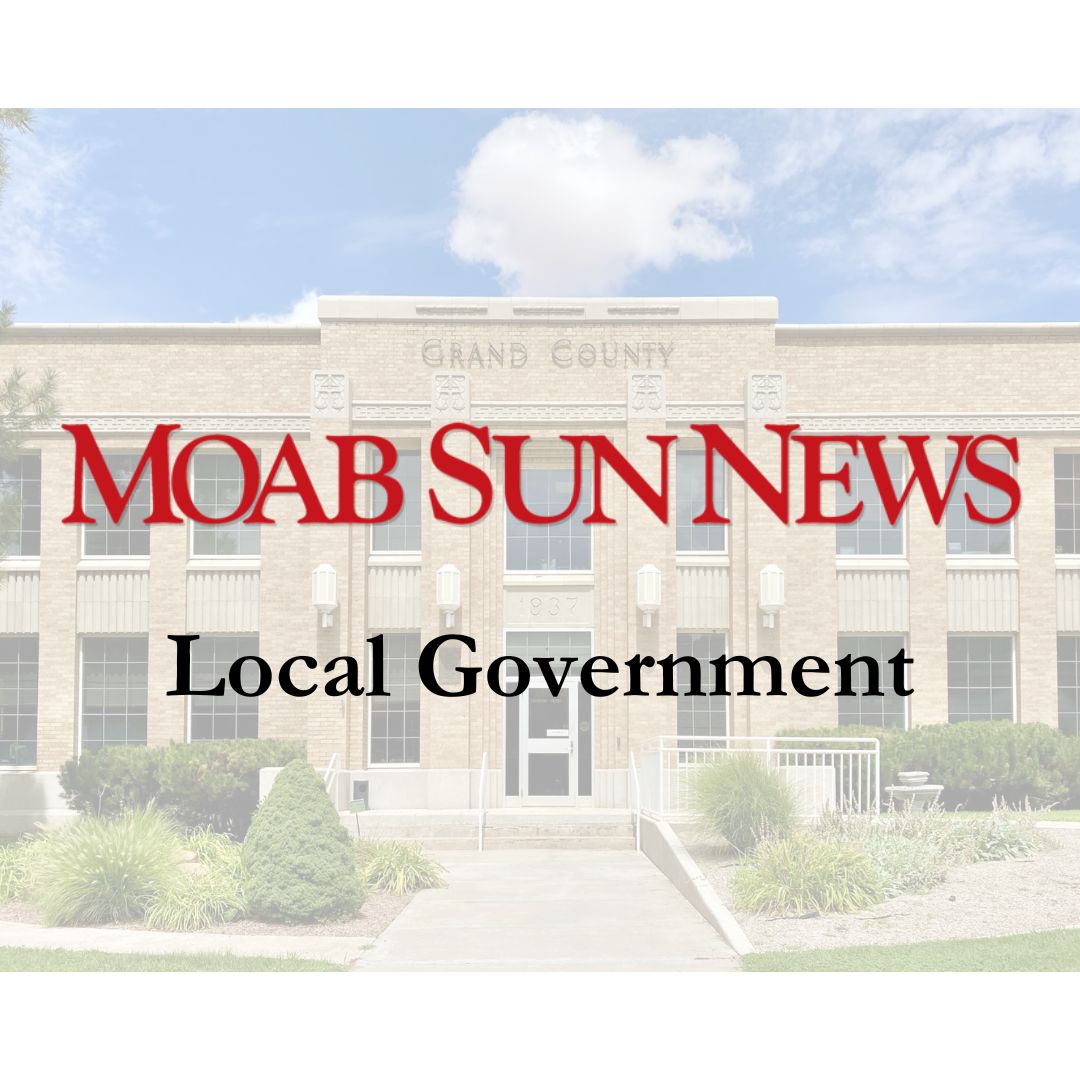During the Feb. 14 City Council meeting, staff from the Canyonlands Solid Waste Authority and from the city’s engineering department told the City Council they would have to increase their rates: CWSA, in order to keep up with rising employee and maintenance costs, and engineering, in order to fund infrastructure projects.
“This is very hard to discuss,” said Councilmember Rani Derasary. “For everyone in the community, all the escalating costs that we’ve been experiencing in our everyday lives, with food and everything else … I’m just feeling for our community, because it’s hard to not sit there and think, ‘crap, how did we get here?’ Am I wrong, or to a certain extent, are residents now paying because nobody made a plan in the past, and basically now if we want to take care of our infrastructure, we need adequate rates to have the funds to pay for infrastructure?”
Trash and recycling
The cost of trash and recycling services provided by Canyonlands Solid Waste Authority (the Solid Waste Management Special Service District) may increase soon.
“In order to maintain the current level of service and provide a living wage for our employees, it has become necessary to make the difficult decision to raise rates,” said Nick Lundberg, an accountant for CWSA, in a presentation to the Moab City Council on Feb. 14. “The last time collection rates were increased was in 2019. Unfortunately, this decision can no longer be delayed.”
The city “can’t unreasonably withhold a rate increase,” according to City Manager Carly Castle. The increases for a City of Moab resident with a 95-gallon trash polycart and once-per-week pick-up will increase from $16 per month to $18; recycling costs for the same container and schedule will increase the same amount.
Lundberg said the CWSA recognizes that the increase could place an “added burden on some residents,” so it intends to develop a waiver application program for people on fixed incomes or for those who receive rent or utility assistance.
LJ Blackburn, the administrative assistant at CWSA, said CWSA is currently undergoing a rate study. Councilmember Rani Derasary asked why there was a rush to pass this increase before the rate study was completed—Blackburn and city staff said costs are rising, and the department urgently needs the funds a rate increase would provide.
“We don’t want to get in a scenario with the [CWSA] where they’re unable to function just because we’re getting hung up on the idea of a rate study,” Castle said. “That would be the worst-case scenario, so we’re trying to find where the cliff is, if we’re close to it, and how we keep them off the cliff or away from the cliff until that rate study is completed.”
The ordinance to amend the rates was tabled until the next meeting on Feb. 28 to allow for staff to have time to review. If the ordinance is approved at the next meeting, the rate increase would start being levied in March.
“I think it’s important to note that across the industry and across every agency, these are the hard realities,” said Councilmember Tawny Knuteson-Boyd. “We need to keep well-trained staff—you don’t want me back there.”
Stormwater
Chuck Williams, the city engineer, proposed raising the stormwater rates in the city over the next ten years. Currently, residents pay $4 per month for a single-family home and commercial developments pay $4 per month per equivalent residential unit, or ERU (every 3,000 square feet of “impervious surface” is an ERU).
That rate isn’t nearly enough to support the capital projects planned between 2022 and 2032, which will cost the city nearly $8 million, Williams said. Williams presented three options for rate increases over the next ten years; option one has rates increasing to $11.82 by 2032; option two, to $11.35 by 2032; and option three to $12.04 by 2032. Under option one, rates would raise 100% next year, jumping from $4 to $8, then increase by only 5% the following years; in option two, rates would raise by 75%, 10%, 10%, then 5%; in option three, rates would rise by 50%, 40%, 7%, then 5%.
“If you build it, you must maintain it,” Williams said. “… I’m not sure that historically, we collected enough money and spent enough money on maintenance, so part of this is due to the need to go in and reconstruct part of the system; part of it is that the system was installed not anticipating growth, even minor growth.”
A few council members said while the rate increase is disappointing, it’s necessary.
“It comes down to, as council people, our fiduciary responsibility is to the city,” Knuteson-Boyd said. “I think this particular council has … tried not to blast our most vulnerable residents, even if it’s just $2 or $4. But we have to look at this as a business decision, not an emotional decision.”
“This is providing a service—stormwater management is a critical service that no one else in this community is going to take care of,” said Councilmember Kalen Jones. “Part of our planning for resiliency in the face of increasingly unpredictable weather is to adequately provision ourselves to develop and maintain the stormwater management systems. As much as I would like the increase to be gradual, I feel like the whole community has had to wake up very recently … if we do have a big storm event in the next year or two, it’s important that we have the staff to deal with it.”
The council decided to discuss the matter further—with more details on options one and two, which the council favored over option three—at its next meeting on Feb. 28.




